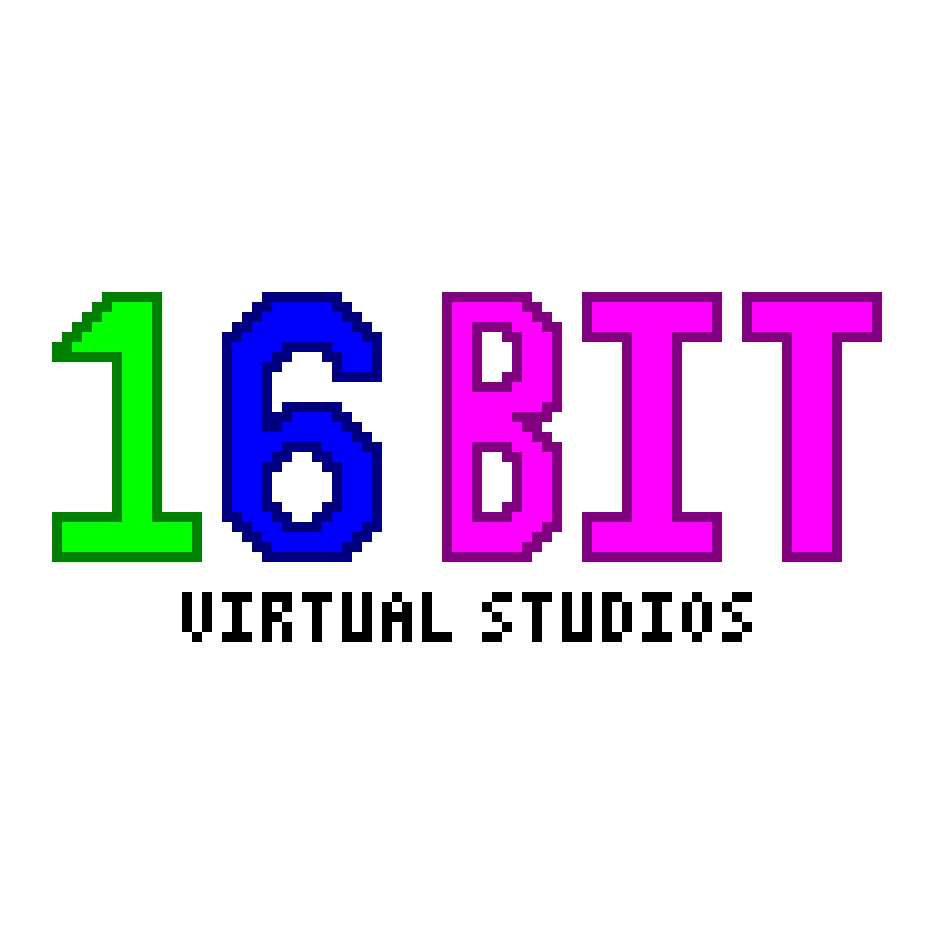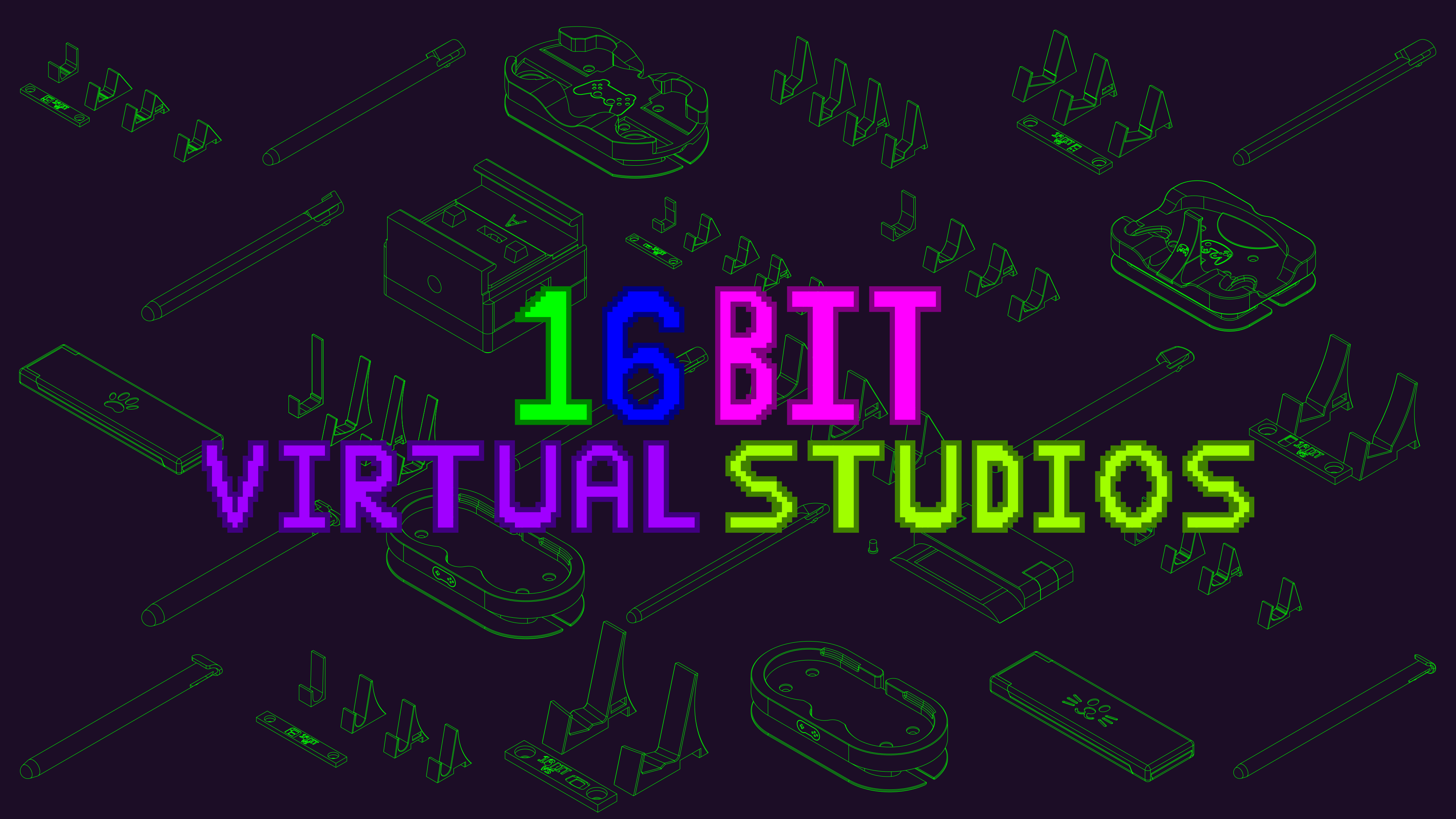

Here’s the guide I used: https://www.standingpad.org/posts/2024/06/affinity-on-linux/
The only thing I did differently was I used this yaml to make the container: https://gist.github.com/gnat/8b69cf49b68e2349afe5e8cb5af49bf8
There’s a bit of tinkering afterwards, but it runs.



While I can see why there’s a lot of doubt I can see one reason they would.
For years now Apple has been moving things in house, like moving from Intel to their own designs and chips. And moving away from Snapdragon to their own modems.
If they wanted to buy intel it would be for their fab capabilities to reduce their reliance on TSMC.
Do I think they will… probably not, but as I said, I can see why they would.